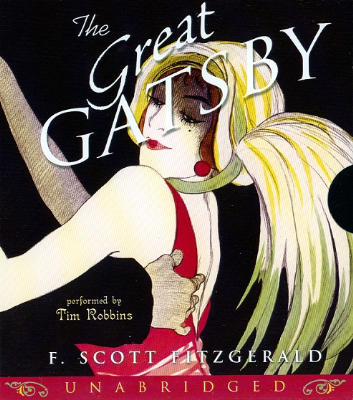




The women of Gatsby create the basis of the entire story. Many of them have different attitudes toward subjects, and all have their own problems in the story. The main character Daisy is in love with Tom and is married to him but is torn between two men. She loves the spirit of Gatsby and the new, younger girl that she feels with him. Because of their affair, she looses trust with her husband Tom and leads to her lover Gatsby being killed. Thus, the main character daisy is a main point in the story.
Another important character in The Great Gatsby is Jordan. She is the entire reason Gatsby is dead. She provided the connection between Gatsby and Daisy. She set up the plot of Gatsby and Myrtles death by convincing Nick to set them up. Myrtle also is another important aspect throughout the story. She provides the premises for Gatsby’s death. The only reason Daisy had an affair with Gatsby, was because of all the attention going towards Myrtle. Her suspicion about Tom’s affair led to Gatsby death. Therefore the women of Gatsby are important aspects in the story.


















































